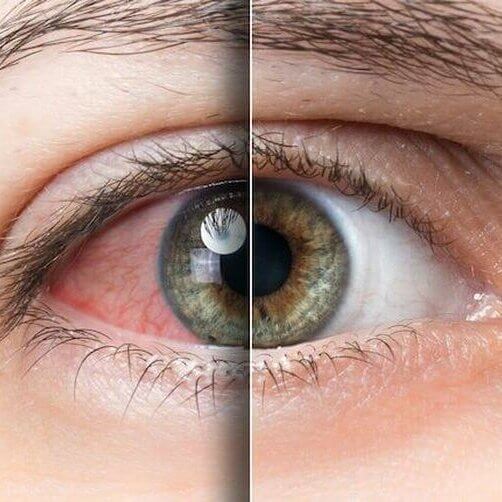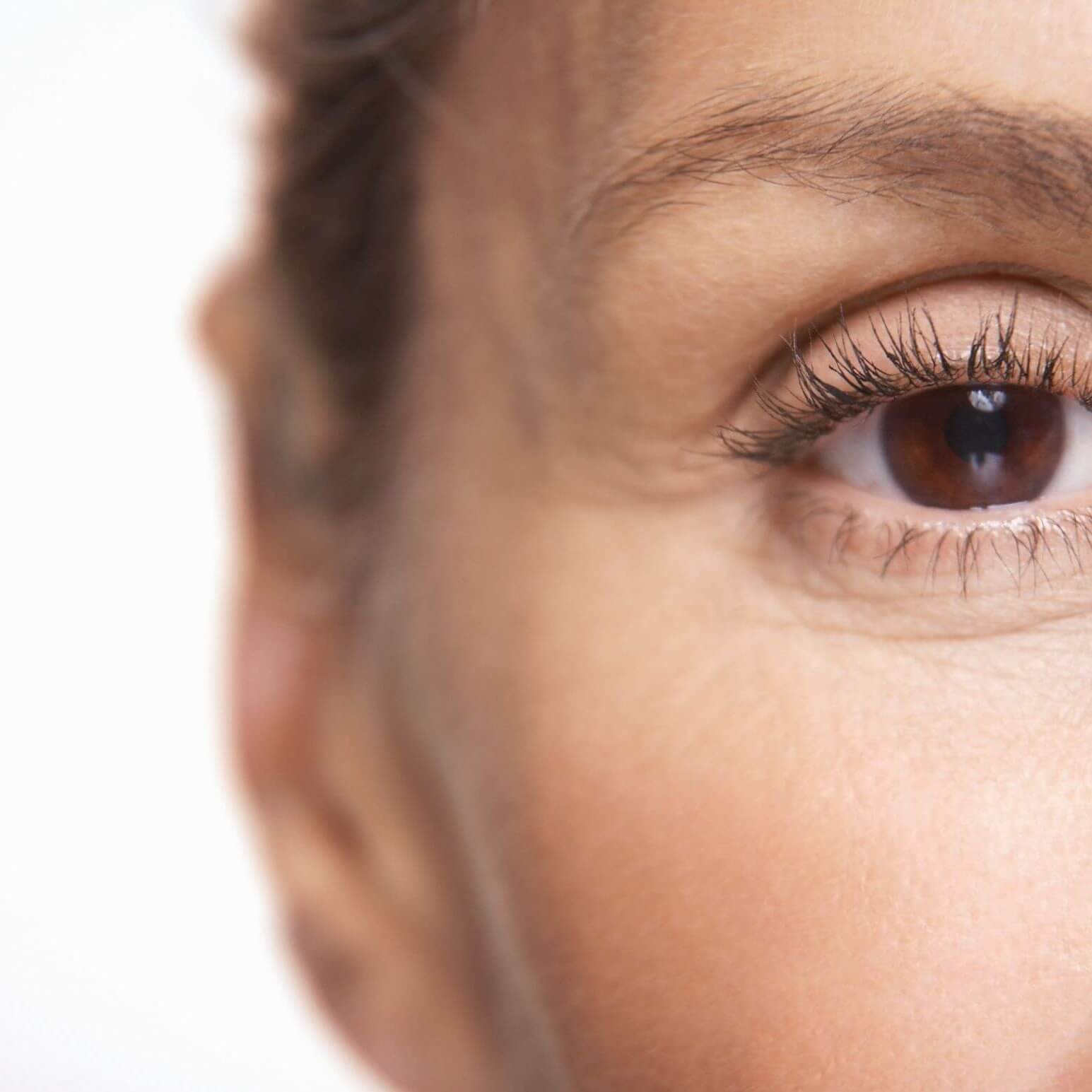What is chronic dry eye disease?
Dry eye disease affects the surface of the eye and results in a loss of the normal balance of things that keep your eyes comfortable and clear.
Tears spread across the cornea or the surface of the eye with every blink. The amount and quality of one’s tears are essential for one’s eyes.
At the surface of the eyes, there are many parts that work together in harmony. For example, there are muscles, nerves, glands, tear ducts, and connective tissue, that all play their role in keeping the eyes moist.
Dry eye disease occurs usually when one of these factors is out of balance. This actually causes imbalance to other factors, perpetuating the cycle of dry eye disease.
The risk of developing dry eye disease increases with age. Women are more likely to develop the condition compared with men. However, dry eye disease is becoming increasingly common in younger people with more device use like smartphones, laptops, and tablets than ever before.
Increasing device and smartphone use has made dry eyes more prominent than ever before.
According to research, over 16 million Americans have dry eyes. However, this number may be significantly higher.
Those who develop the disease can experience problems with daily activities like reading, watching television, using the computer and mobile phones, dealing with work, and driving.
Symptoms
Dry eye symptoms can vary from person to person. Here is a list of symptoms you may experience if you have dry eyes:
Causes & risk factors
Dry eye can occur in climates with dry air as well as with the use of some drugs, including antihistamines, nasal decongestants, tranquilizers, and anti-depressant drugs. Dry eye is more common in women, especially after menopause. People with dry eye should let their health care providers know all the medications they are taking, since some of them may intensify dry eye symptoms.
People with connective tissue diseases, such as rheumatoid arthritis, can also develop dry eye. It is important to note that dry eye is sometimes a symptom of Sjögren’s syndrome, a disease that attacks the body’s lubricating glands such as the tear and salivary glands. A complete physical examination may diagnose any underlying diseases.
The function of tears
The continuous production and drainage of tears are important to the eye’s health. Tears keep the eye moist, help wounds heal, and protect against eye infections. In people with dry eye syndrome, the eye produces fewer or lower-quality tears and is unable to keep its surface lubricated and comfortable.
The tear film consists of three layers:
- Outer, oily (lipid) layer that keeps tears from evaporating too quickly and helps tears remain on the eye
- Middle (aqueous) layer that nourishes the cornea and conjunctiva
- The bottom (mucin) layer helps to spread the aqueous layer across the eye to ensure that the eye remains wet
As we age, the eyes usually produce fewer tears. Also, in some cases, the lipid and mucin layers produced by the eyes are of such poor quality that tears cannot remain in the eye long enough to keep the eye sufficiently lubricated. Eventually, you will want to look into dry eye syndrome treatment.
To schedule your dry eye consultation
Dry Eye Treatment Options
- Artificial tears are the most common dry eye treatment. Artificial tears lubricate the eye and help maintain moisture on the outer surface of the eye. They are available over the counter without a prescription and can be used throughout the day.
- Sterile ointments can be used while you sleep to help prevent the eye from drying. Because ointments are thicker, this type of dry eye treatment is not ideal for all-day use.
- Some treatments focus on environment and exposure. Using humidifiers, wearing wrap-around glasses when outdoors, and avoiding windy and dry conditions may bring relief.
- In special cases, your eye doctor may recommend temporary or permanent closure of the tear drain. The tear drain is the small opening at the inner corner of the eyelids where tears drain from the eye. This type of extreme dry eye treatment may be helpful for severe cases of dry eye.
- Some people may find relief by supplementing their diets with omega-3 fatty acids, which are found naturally in foods like oily fish (salmon, sardines, anchovies) and flax seeds. Ask your ophthalmologist before you incorporate oral supplements of omega-3 fatty acids into your regimen.
If your extreme dry eye treatment fails, your ophthalmologist may suggest a prescription medication. One such medication, cyclosporine (Restasis®), works by stimulating tear production and reducing inflammation. Steroid eye drops may also be used but are generally not recommended for the long-term treatment of chronic dry eye.



